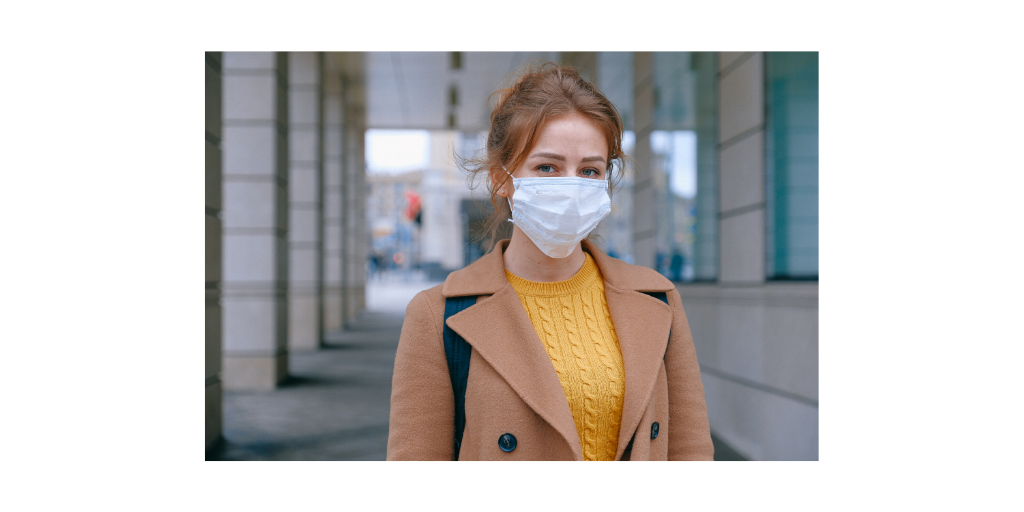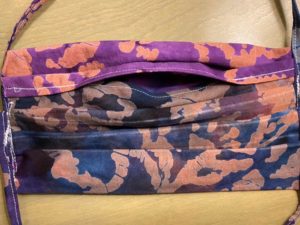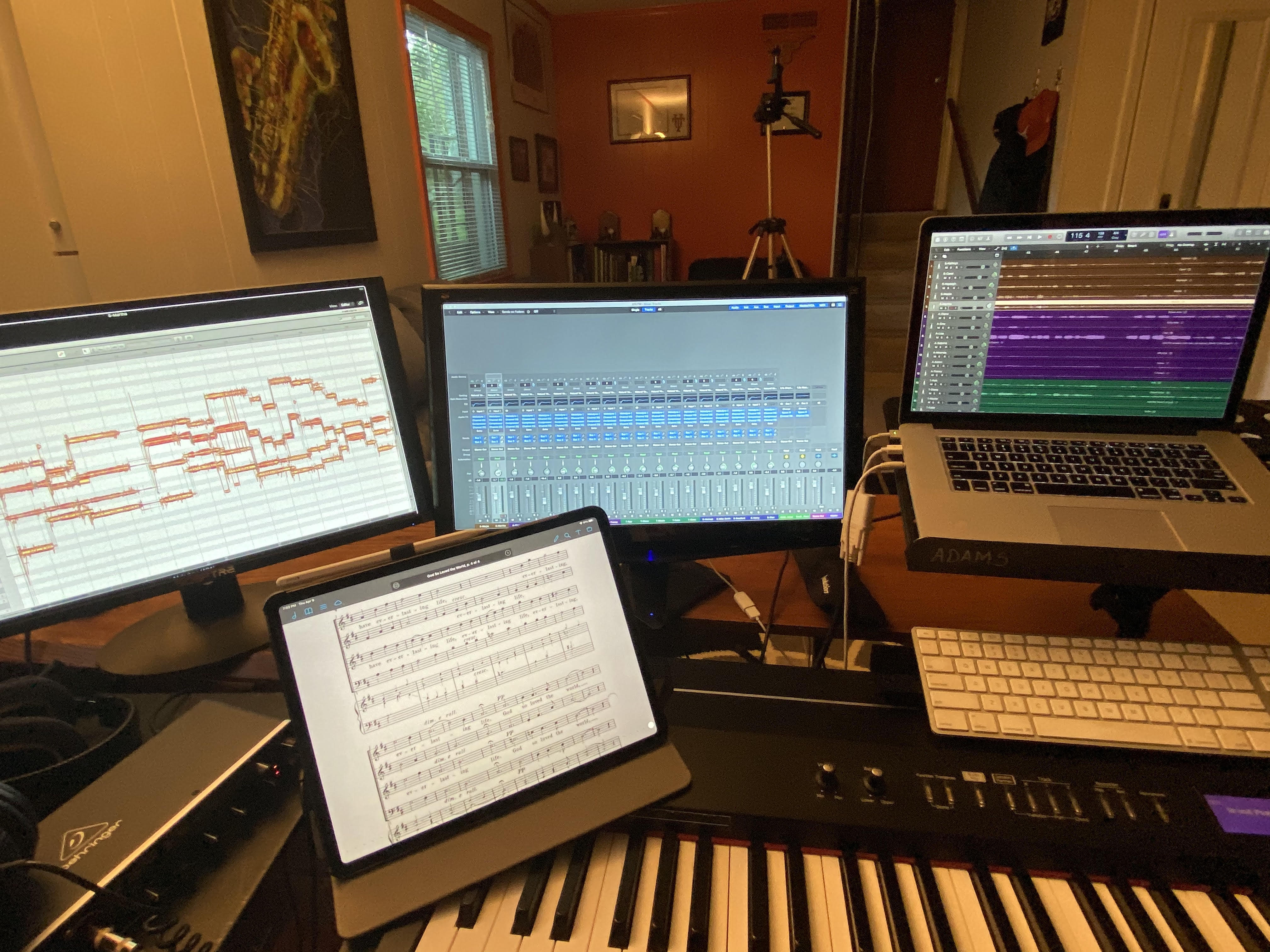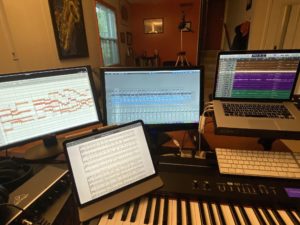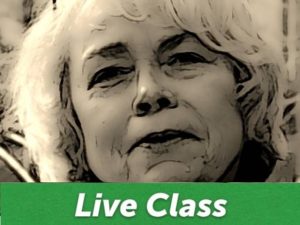We just launched a new free course: A Covid-19 Spiritual Survival Kit For Individuals and For Groups.
This class launches on April 20, 2020. At this time, it has been a month or so since many individuals and communities began self-isolating and quarantining due to the Covid-19 epidemic. We’re (sort of) getting used to at least some of the new norms. Church communities are learning to worship together in new ways. Families have had to figure out both homeschooling and distance learning via their kids’ schools. Most workplaces are settling into a pattern of what can and cannot be done remotely. People who used to spend their time quilting now know how to make homemade cloth masks. Human creativity is rising to the occasion.
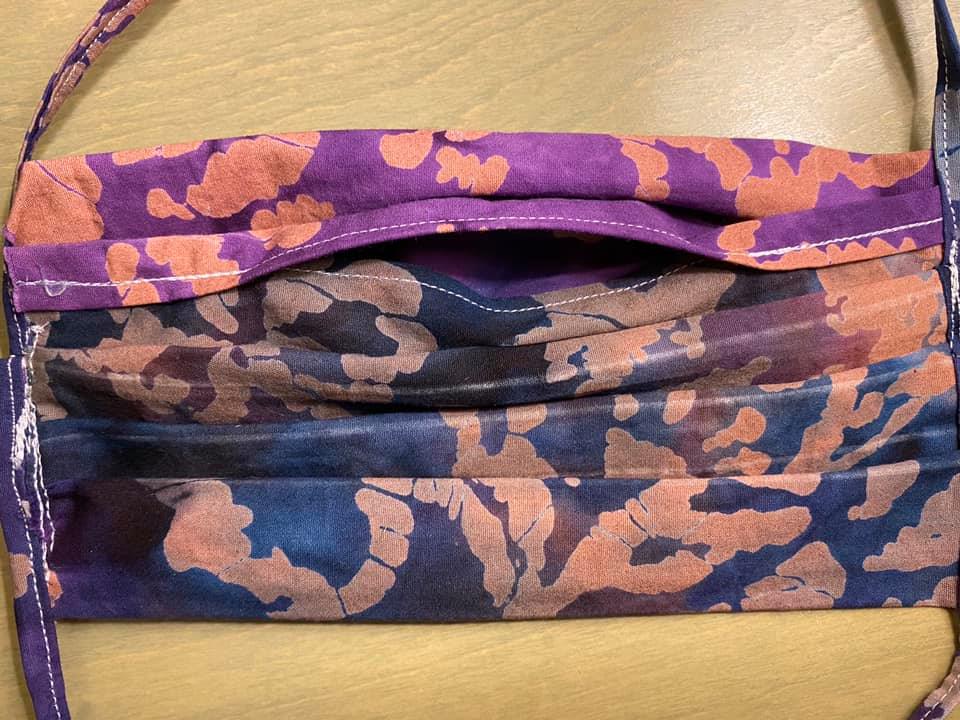
Getting systems in place is good — but the Covid-19 experience is a marathon, not a sprint, and it’s one that nobody wanted to run, so our endurance is starting to flag a bit. Some people, frustrated with the demands of self-isolation, are straining against the quarantine restrictions, saying they have gone on long enough — though the risk, particularly to vulnerable groups, has not changed. The long-term strain on families, especially those with vulnerable members, is taking its tole. And of course, business owners and people who cannot work as long as the current restrictions are in place are desperate for the emergency to pass and for regular commerce to resume.
This course is designed to give you a boost. We don’t know when it’s going to end, but we can tap into resources to help us deal with it in healthy ways. As we are increasingly tempted to fall into our phones and ask people to wake us when Covid-19 is over, it becomes increasingly important that we maintain healthy habits at home. As people become lonely and frustrated under the present restrictions, it becomes more important to reach out and maintain community bonds.
To help people maintain self-care and community care as the epidemic progresses, four instructors have graciously offered their time and knowledge to help people cope.
- The Rev. Dr. James Farwell is Professor of Theology and Liturgy at Virginia Theological Seminary. He has written numerous books, including a new version of the classic The Liturgy Explained (2013).
- The Rev. Canon Stephanie Spellers is Canon to the Presiding Bishop for Evangelism, Reconciliation and Stewardship of Creation. She is an author and teacher as well. Her most recent books are The Episcopal Way and Radical Welcome: Embracing God, The Other, and the Spirit of Transformation.
- Dorothy Linthicum, an instructor at Virginia Theological Seminary, has studied and taught courses and workshops about older adult spirituality and ministry at the seminary, at conferences, and for dioceses. She is the author of Redeeming Dementia (2018).
- The Very Rev. Bonnie Perry is Bishop of The Episcopal Diocese of Michigan.
This course is ideal for anyone who wants to learn coping skills as we go through the Covid-19 experience. For a preview of the course, please click here.

